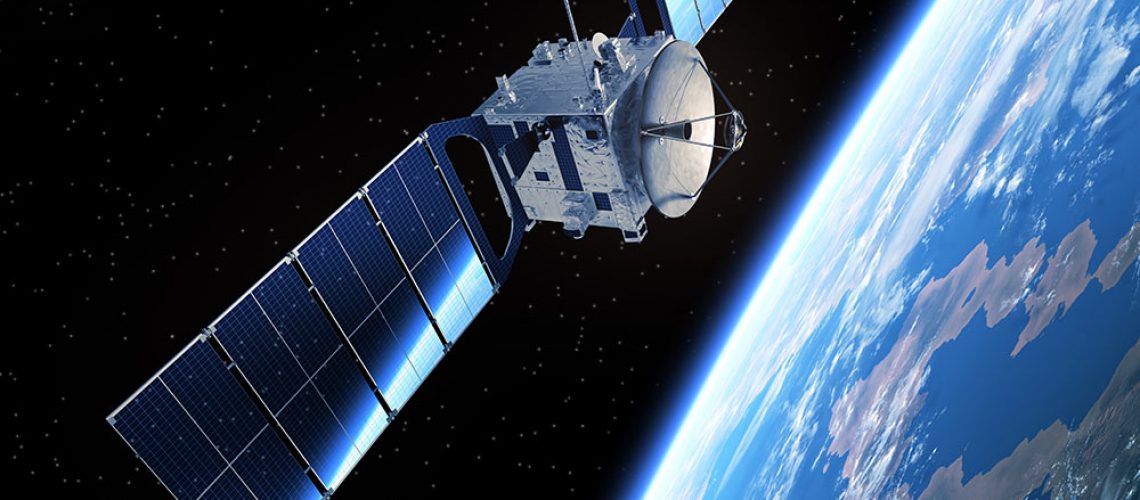It should not be surprising to find that a number of the gadgets and tools that we use today were first conceived on paperback science fiction novels. Yet, from the earphone to virtual reality, a lot of the technology that we use today can find its origins in these books. This is the case for space-based solar power exploration. Although the idea was first conceptualized in a short story written by Asimov in 1941, it is now set to join this list.
What is Space-Based Solar Power Exploration?
There have been many proposed methods for how space-based solar power exploration will work, but they all center around the same idea. In any case, we will set up solar panels in space to harness the power of the Sun before wirelessly beaming it down to Earth. You should be able to see the benefits of this technology if it is fully implemented, and why many people view it as a key solution to the greenhouse issues that currently plague our planet.
Why We are Considering Space-Based Solar Power Exploration?
The simple answer is the world’s energy consumption. As our population continues to rise, we will need more energy to support more people, and reports have shown that our energy consumption could increase by 124% by 2100. While we have made good strides in using renewable energy sources, we have to ensure that we are operating at net-zero energy usage at this time. It should not be surprising that many people find the answer to this problem in solar energy, as it is one of the most efficient methods of generating power. So, it is our job to think of the best ways to harness it.
Space-based solar power has obvious benefits compared to the traditional means. Currently, the panels that we use today are limited by daylight hours. So, once the Sun sets it must begin to expend the energy that it has stored. In space, this problem does not exist. This means that with space-based solar power, we can continue to generate electricity for 24 hours all year round.
Another benefit of space-based solar power is the energy that we will be able to generate. If the proposed plans go ahead, we should be able to create up to 2,000 gigawatts of power. To put this in comparison, our largest solar farm can currently only generate about 1.8 gigawatts.
Current Limitations to Space-Based Solar Power Exploration
While this technology remains exciting and steps are being taken every day to ensure its success, there are a few more things that we still need to overcome.
- Cost of Launching Panels into Space:
Although engineers and researchers have continued to think of the best ways to launch the panels into space at a feasible price, this has continued to a big limitation in space-based solar power exploration. The number of materials that are needed to set up this technology is one of the main reasons for this, as many shuttles would have to be launched before all panels can be completely set up.
- High Damage Risks to Panels:
The huge chunk of debris that surrounds our planet could also damage the panels once they have been set up. Additionally, the panels will also be highly vulnerable to the Sun’s solar radiation. Current research has found that this could cause the panels to degrade up to 8 times faster than panels that have been installed on Earth. The high chance of damage means that the solar panels would eventually have to be replaced at a much faster rate unless scientists and engineers can think of other ways around this issue.


